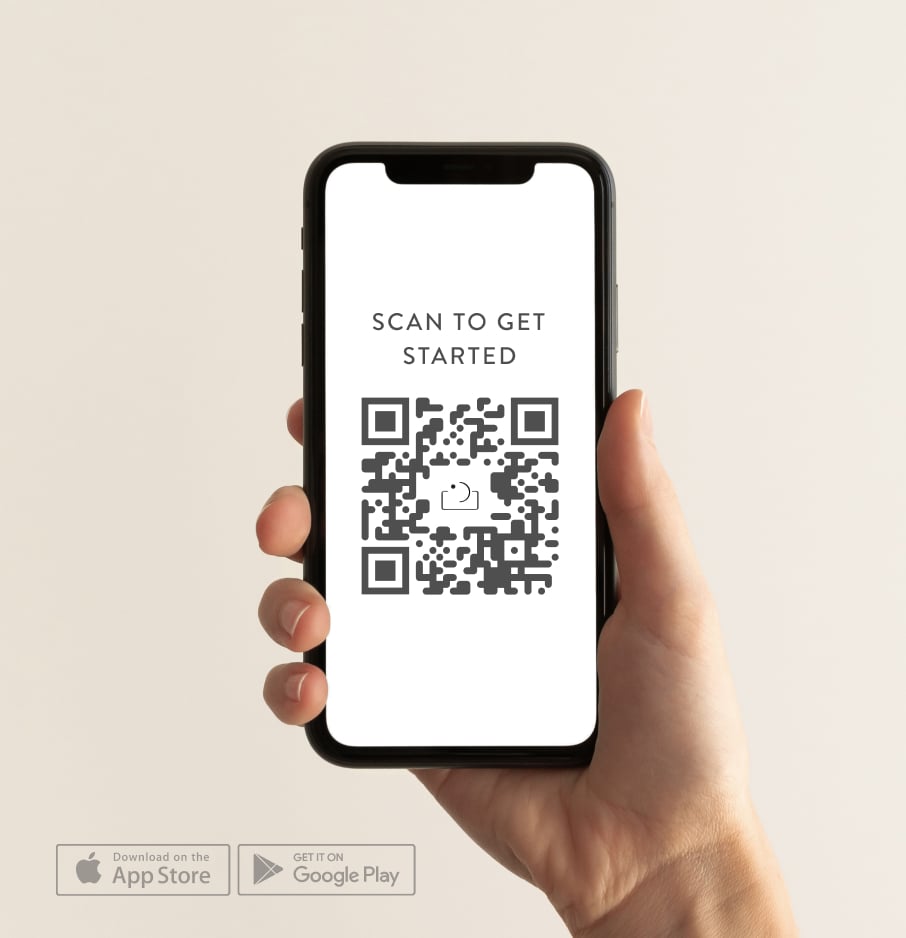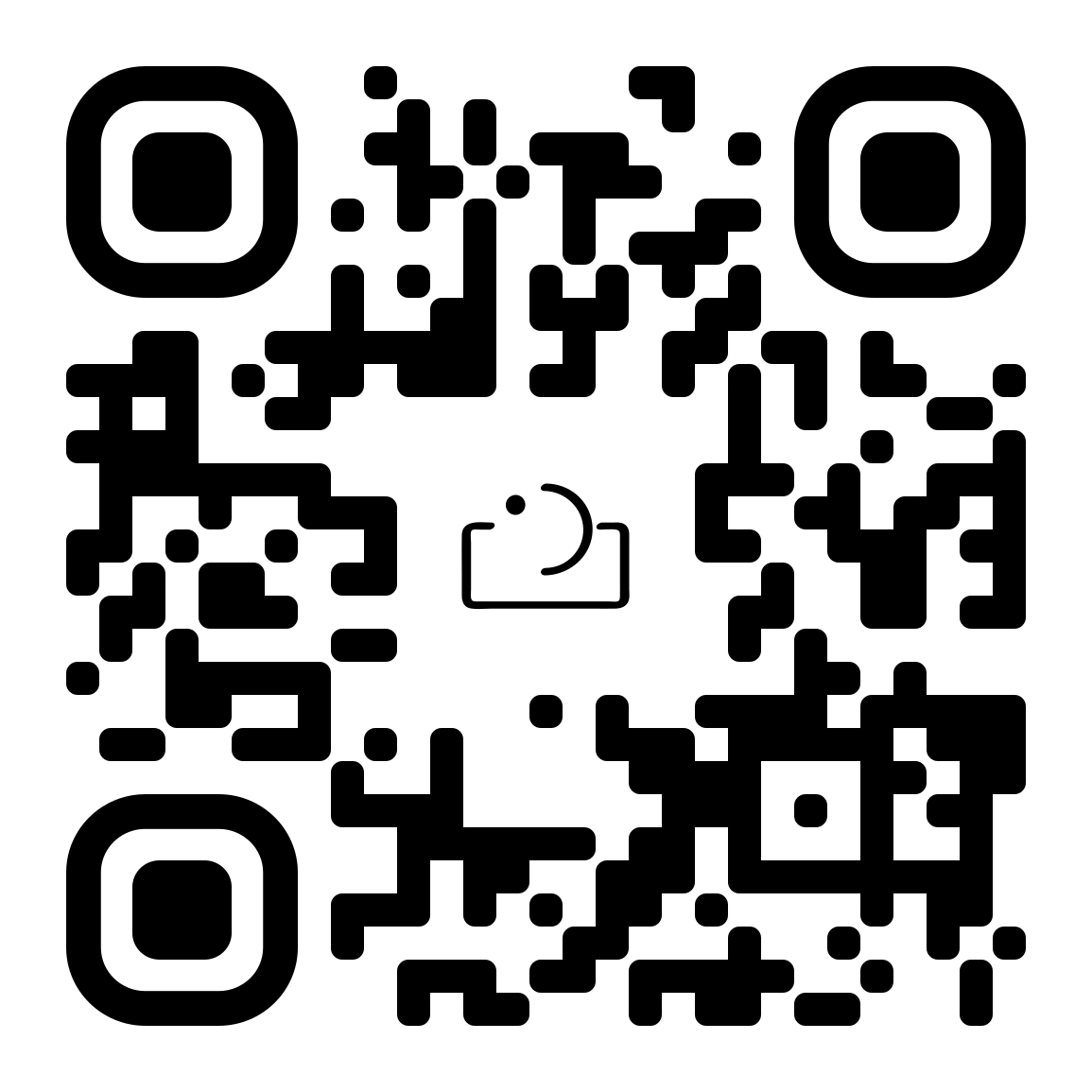Photography is all about timing, so if you want to run a successful photography business and build a stunning portfolio, you have to be ready to capture that perfect shot at a moment’s notice.
That’s why we’ve crafted a quick, go-to reference within the Unscripted App that covers the camera settings for every lighting scenario, so you practically have a cheat sheet in your pocket.
This is just a quick camera settings guide, so download the app for a full rundown, so you can take control of your camera and shoot in manual mode like a pro!

Full sun
Ah, the dreaded full-sun lighting situation. Awkward shadows, squinty eyes, you know the drill. It’s definitely not ideal, but thankfully knowing the best camera settings will help you make the most of it.
Set your f-stop to 2.0, shutter speed at 1/2000+ and ISO anywhere from 50-200. You’ll also want to keep your white balance anywhere from kelvin 5000 - 6500 to match the external light.
After you’ve dialed in your camera settings, hold your hand up to the light. Are there shadows between your fingers? Is there a color reflected in the highlights? This can help you get accustomed to the slight changes. It’s best to keep the sun behind your subject as much as you can and don’t forget to spot-expose for their faces.
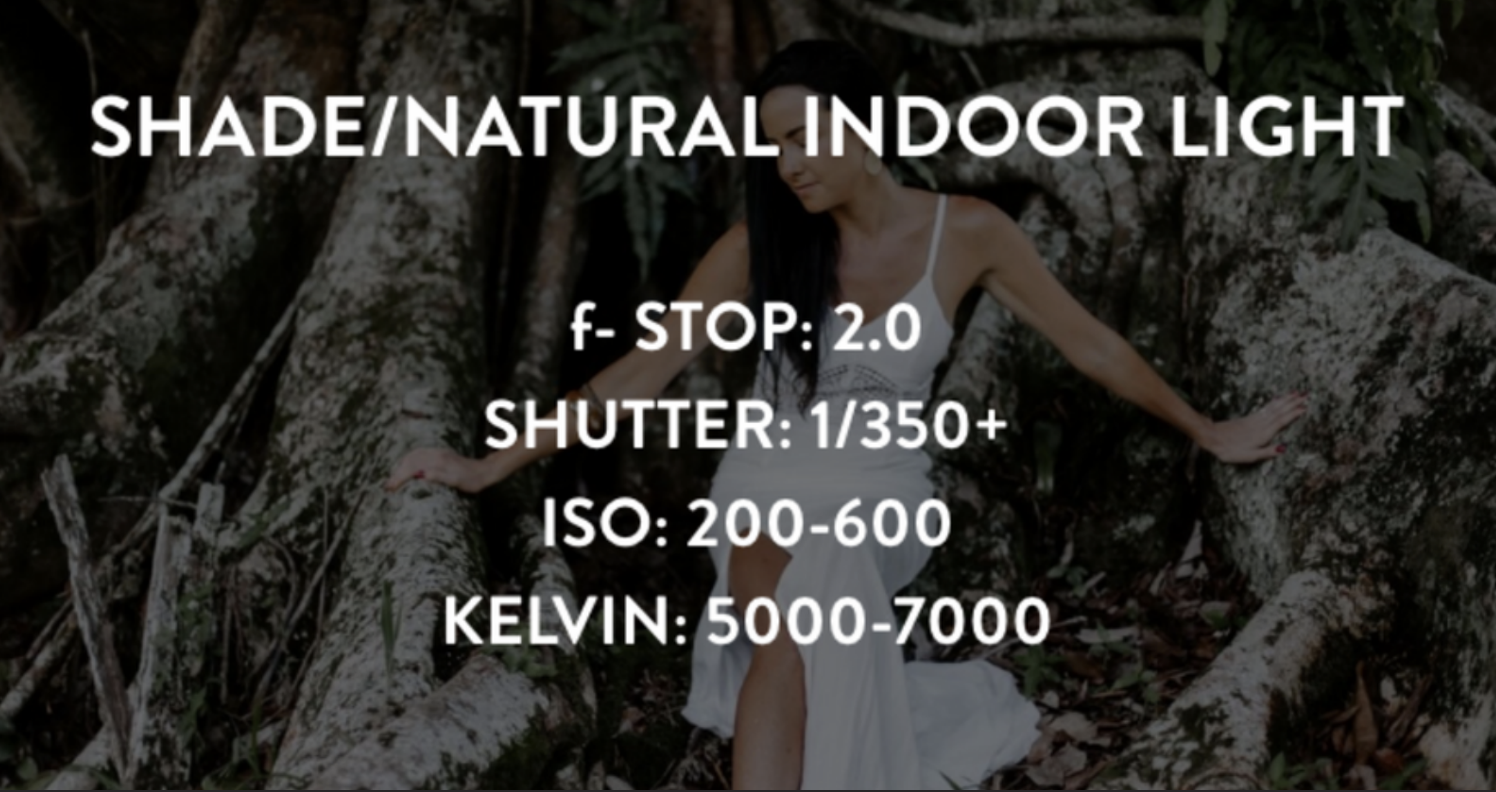
Shade & natural indoor light
n taking photos indoors, the way the light pours in through windows can make for some pretty incredible and intimate images. The subtlety in difference between front-light, side-light, and back-light can be hard to perceive.
When it’s overcast, shadows on the skin can tend to look murky. Indoors, front-lit subjects look luminous. Set your camera to an f/stop of 2.0, shutter at around 1/350 and your ISO between 200-600 to capture that perfect shot.
Setting your white balance to around 5000-7000 will also help match the cooler gray of an overcast day or light bouncing in through an open window.

Golden hour
There’s something about this time of day that tugs at the heartstrings. Maybe it’s magic, or maybe it’s biology, but what we do know is that it triggers nostalgia, happiness, and all the warm fuzzies.
Take note of the golden-hour camera settings above, and be sure to download the Unscripted App to take advantage of the Sun Tracker feature, so you can nail those golden-hour shots on the Big Day.
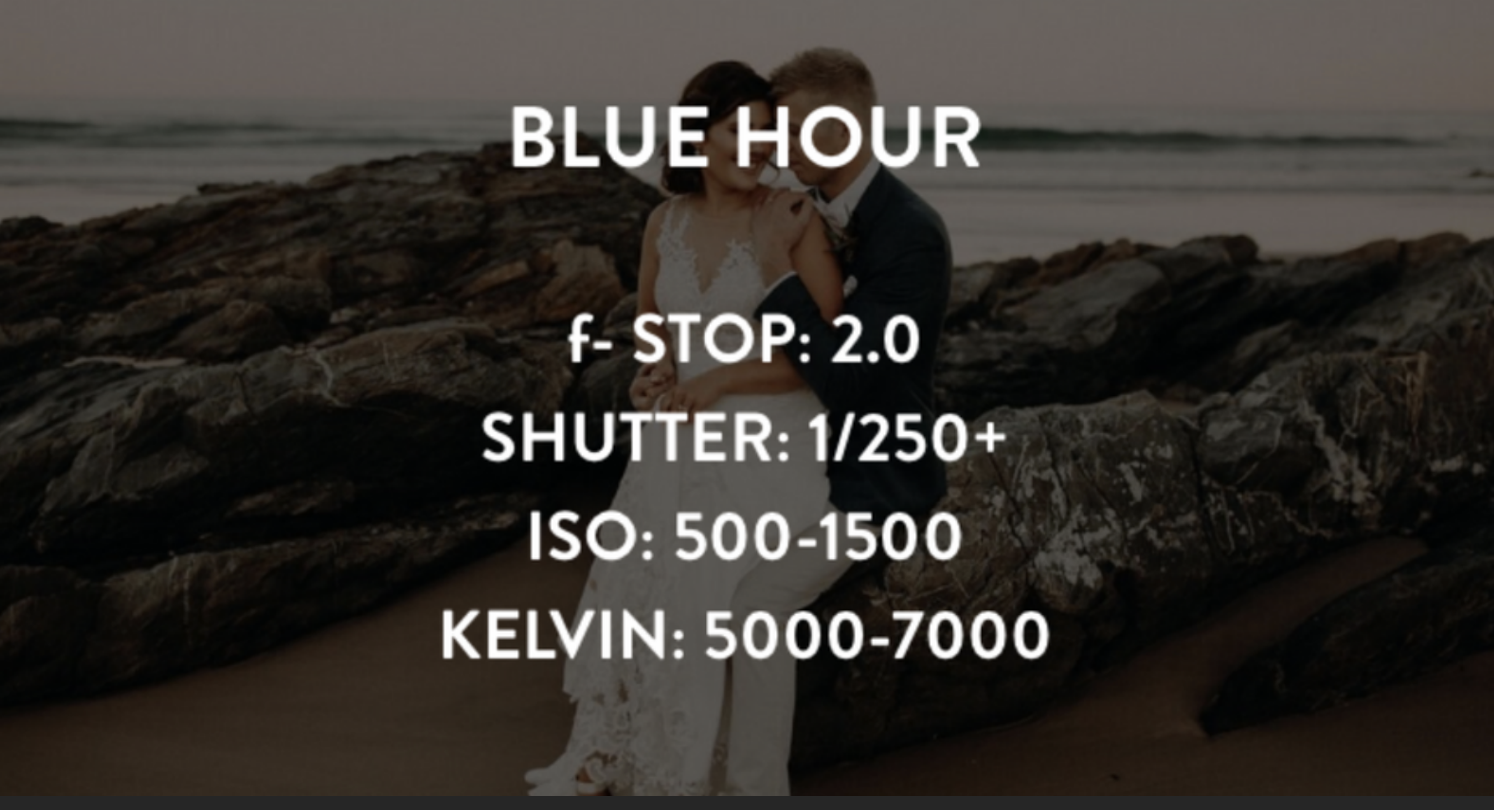
Blue hour
Blue hour is the period of twilight in the evening just before dark or in the morning when the sun is below the horizon. The result: a soft sunlight that takes on a predominantly blue hue, casting a wonderful luminosity onto your subjects.
It often lasts for less than an hour, so if you’re hoping to capture these dreamy, ethereal qualities, you’ve gotta be savvy and quick.

Candlelight
Shooting in low light can be a daunting undertaking for new photographers. But the warm, flickering light of hundreds of candles during a wedding reception is everything, so you have to get it right!
Turn off your flash, eliminate as many other sources of light as you can, and steady your hand – shooting in this lighting scenario requires patience, practice, and a dash of courage.

Dancing/dragged shutter
Having a boogie late into the night with the happy couple? Dragging your shutter can be just the technique you need on the journey – it’s great for capturing movement and fun on the dance floor whilst still preserving some of the background details.
Don’t forget to slow down that shutter speed, so you can shake your camera for some fun creative light swirls!
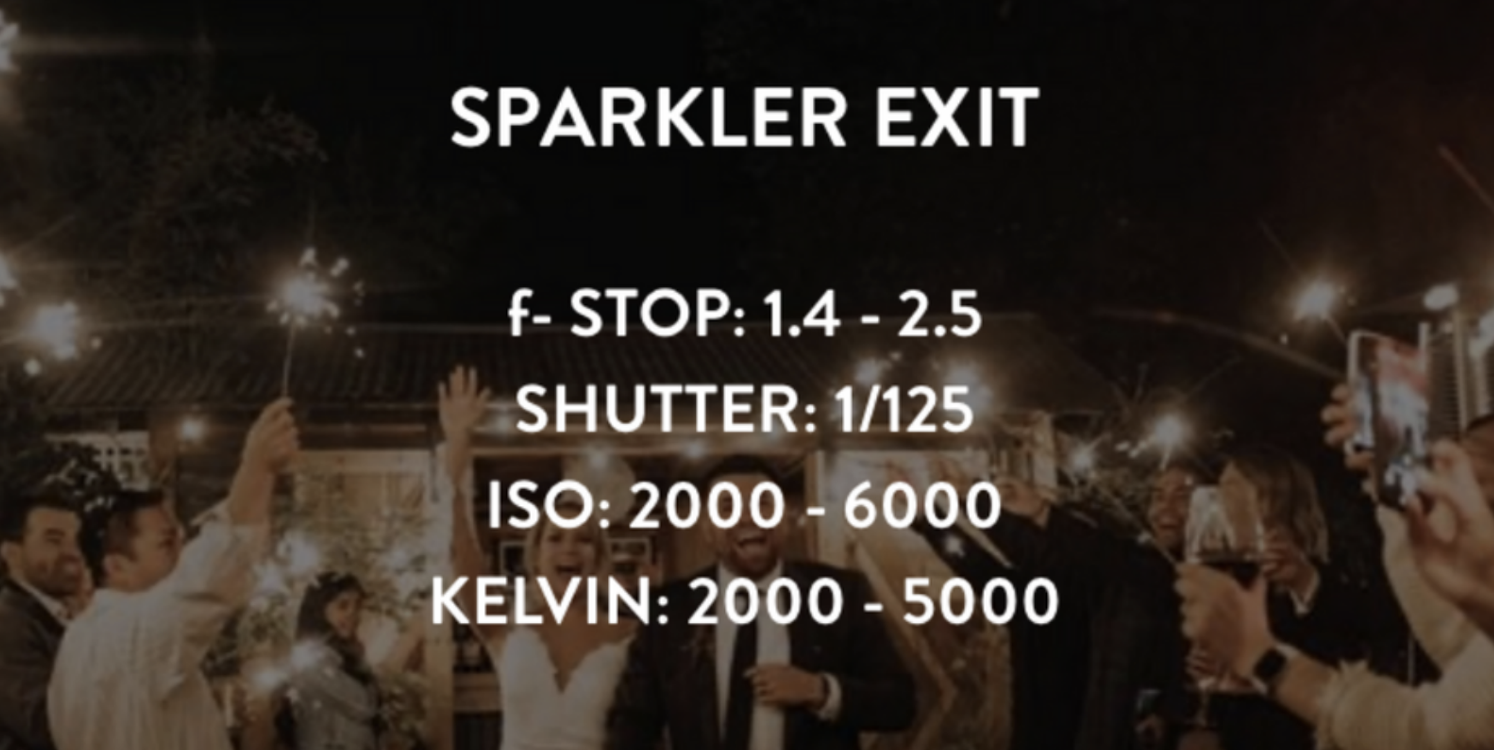
Sparkler exit
After you’ve made it through alllll of the other wedding photo moments, it’s time to close it out with the sparkler exit! Take note of the camera settings above and use natural ambient light to capture the natural glow of the sparklers, but if you have to push the ISO or the shutter speed to the point where everyone in the crowd becomes a blurry ghost, use a lume cube pointed at the couple or bounce a flash off a nearby wall.
Download the Unscripted App for the complete rundown
Remember: these are just the ideal settings for each situation. Download the Unscripted App for the full camera settings guide – it includes important adjustments, troubleshooting tips and more!
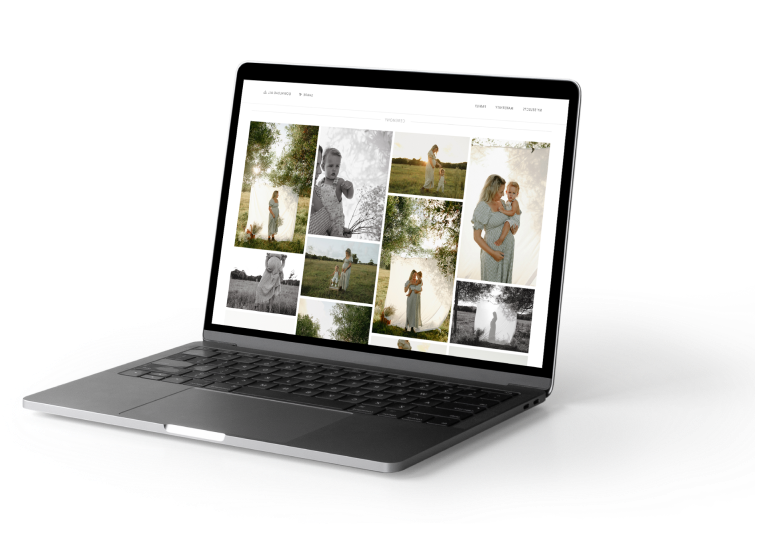
lead your photography
sessions with confidence.


FAQs
How do you photograph a wedding in low light?
What is the best ISO for sunset wedding portraits?
What is the Sunny 16 rule?
Do I need additional light sources during blue hour?
What type of flash is best for wedding photography?
